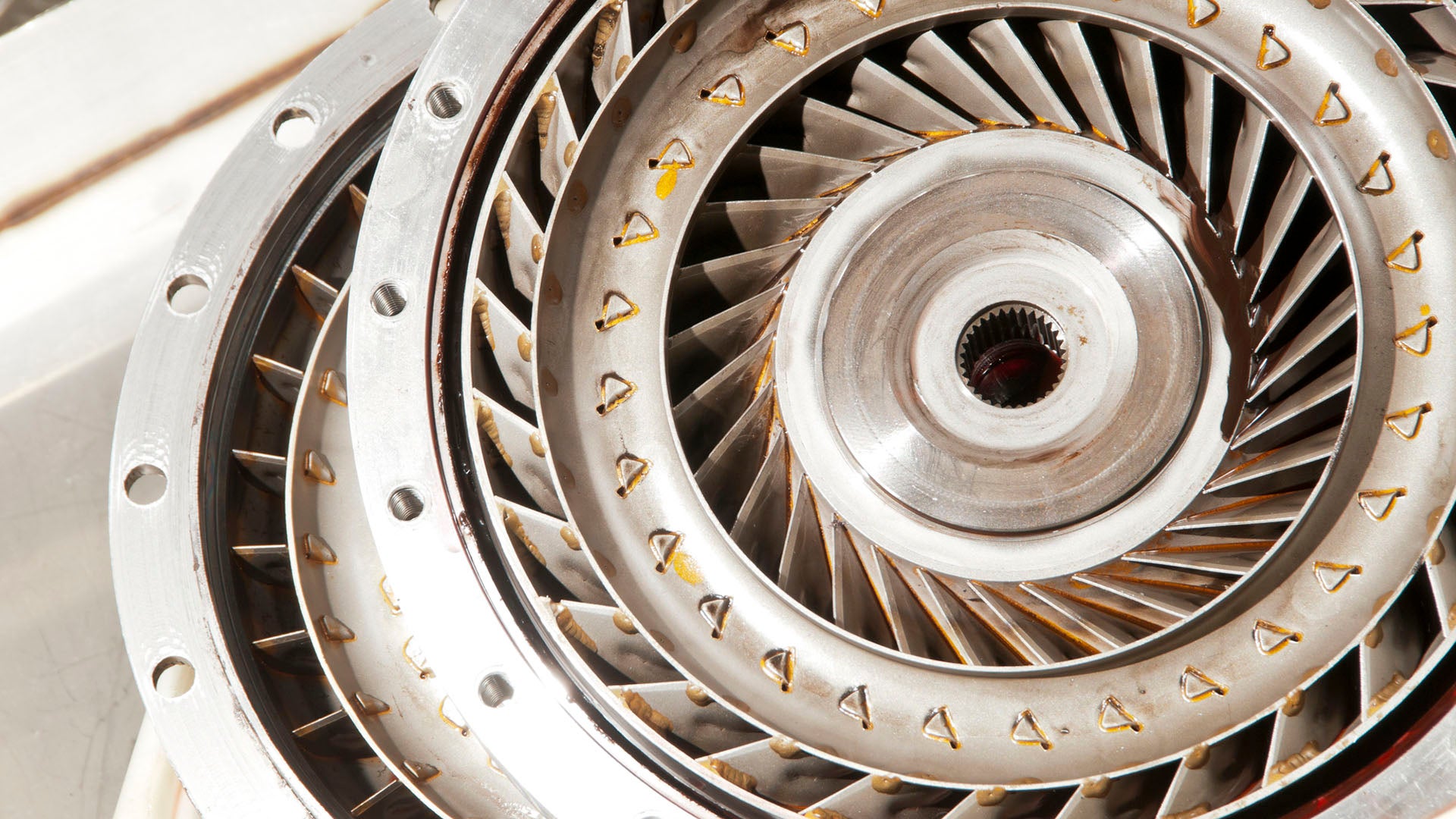The phrase “torque-converter” will be recognized by car enthusiasts. In the realm of automotive engineering, torque converters hold a significant role, particularly within automatic transmission systems. These marvels of engineering are essential to ensuring smooth vehicle operation and power transmission as well as a pleasant driving experience. In this article we’ll take a look at the intricate world of torque converters by delving into their inner workings as well as shed light on their indispensable contribution to the auto industry.

Torque Converters – – What you need to be aware of
Power Transmission at its Heart A torque converter, or fluid coupling, is designed to work with automatic transmissions. Its main purpose is to transfer power produced by an engine to the transmission. The transmission will then drive the wheels. The mechanism functions seamlessly within the automated transmission system, which bridges the gap between the power of the engine and wheel movements.
Components involved: The torque convertor is an assembly that consists of three main components comprising the impeller (or turbine) and the stator and the stator. The three elements work in tandem to make it easier for the conversion of the power and torque.
Dismantling the Mechanism
The mechanism behind the operation of a torque converter is fascinating. It requires intricate interactions that create efficient power of transmission.
Impeller Initiation: When the engine begins, the impeller is spun. The impeller, similar to a fan shifts the transmission fluid inside the converter. When the impeller turns it creates an flow of fluid that is able to strike the turbine’s blades.
Turbine response: The liquid that is affecting the impeller turns on the turbine that is connected to an input shaft of the transmission. This causes the turbine to enter motion, which causes it to spin at a speed that is proportional to the speed of the impeller. This means that the turbine gains kinetic energy and creates the required power for the transmission system.
The Stator as a Method to Improve Efficiency
The stator is among the most crucial components of the torque converter. The stator, located between the impeller (or turbine) and the impeller, plays a key role in improving the efficiency of the power transfer.
Fluid Redirecting Mechanism: The stator functions through redirecting fluid flow between the impeller and the turbine. The redirection process plays a significant role in optimizing torque output and ensures a smooth transfer of power. Stators contribute to effective and balanced operation by controlling the fluid path.
Torque converters are essential in driving.
The operation of a torque convertor has an immense importance when it comes to driving experiences:
Smooth Transitions. The layout of the torque converter and its mechanics are responsible for the smooth shifts between gears. The fluid coupling nature of torque converters removes the requirement for manual clutch engagement, which results in seamless gear shifts without interrupting power flow.
2. Stalling and Idling Prevention: Torque Converters play a significant part in preventing stalling and engine idle. The fluid coupling permits to let the engine run even if the vehicle has stopped. The fluid coupling makes sure that the engine is running at a constant speed, and doesn’t require the driver to manually engage the clutch in the event that the vehicle slows down.
3. Torque converters are efficient in delivering power because they optimize the power transfer. The overall driving experience is enhanced by the torque converters that provide the power required for acceleration and cruise.
Conclusion In conclusion: Torque converters, which are mechanical elements, form the basis of automatic transmissions. Fluid coupling, which is supported by the stator, turbine, and impeller, allow for a seamless transfer of power from the engine to the transmission. This power transmission makes sure that there are no jerks in shifts in gear and avoids stalls Idling, stalling and other related difficulties with driving.
For automotive enthusiasts and engineers alike, understanding the role of torque converters is crucial. These devices are the perfect marriage of fluid dynamics and engineering that work hard to ensure that every trip is a pleasant and efficient experience. Torque converters are an essential element of modern-day automotive technology and will continue to be so as long as the technology evolves. They serve to demonstrate the interaction between mechanics, the functionality of the device, and engineering.